"I always find the wording - in order to avoid damage caused by dimensional changes in wood, it must be chosen carefully. I just can't find anywhere what this choice entails? What do I have to look for?" I must thank Julian for this comment. He was elegant and said that he finds that wording all the time, but I'm sure he heard it most often from me. Never before have I thought how confused those who encounter the expression must be. As if the only problem is not having your mind run elsewhere when buying wood. 🙂
When we say that wood works, we refer to its dimensional changes related to humidity variation, i.e. swelling and shrinking. Dimensional changes may be accompanied by cracking and warping. Being a non-uniform material, not all wood manifests itself in the same way, the changes depending on the species, interior moisture, cutting, growth or structural defects. Let's take them one at a time.
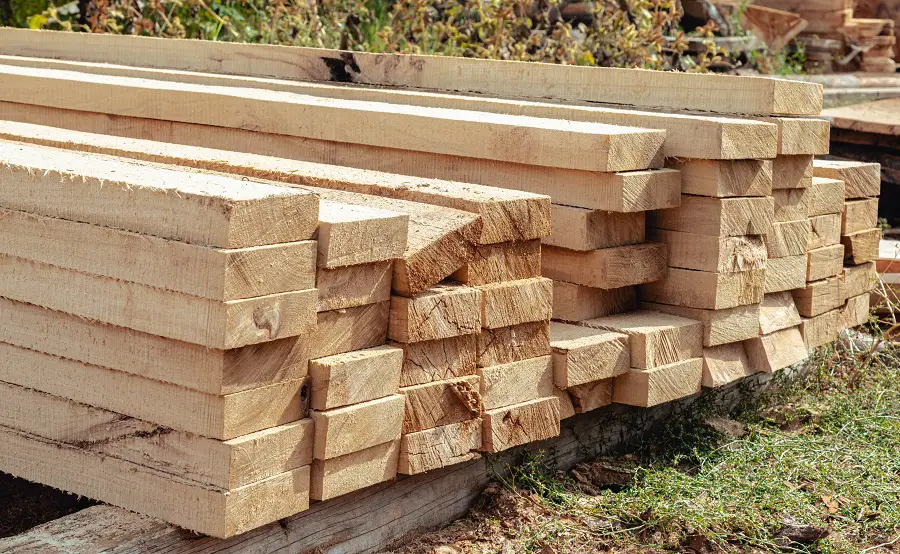
Why species matter
Some species dry rot longer and more severely than others, and the consequences are more significant. For example, the sky (a species of oak) cracks longer and stronger than oak tree regular or gorun. If there is a large variation in environmental humidity (very cold winters, dry heat indoors), the wood will vary dimensionally and in species prone to cracking, high stresses will occur. In order not to end up with beams with deep cracks, it is better to choose oak instead of sky.
In general, hardwood swells and shrinks more than softwood. Softwoods are chosen for construction not only because of their straight trunks, but also because they move less than hardwoods, causing fewer surprises. The dimensional change is also different within the same species, increasing with the density and proportion of latewood.
The link between moisture and wood movements
When the tree is cut, there are two types of water in the wood, free water and bound water. Free water is the water that comes from food and circulates through the vessels of the wood. It is the water that starts to flow out immediately after felling and does not cause the wood to move. This water is released until the moisture content reaches 30%, called fiber saturation moisture content. This is where the bound water, which is part of the structure of the wood, starts to exit. It is its outflow that leads to dimensional changes and causes stresses that can result in cracking and warping of the wood. The water escapes until equilibrium is reached with the humidity of the environment in which it is found. In Romania, the equilibrium humidity is 8-12% for wood used indoors and 14-16% for wood used outdoors.
Many times, wood used in construction it is freshly cut, not dried in dryers, its humidity is 25, even 30%. As we saw above, some of that water will come out because the moisture tends to come into equilibrium with the environment. If the wood is of a species that is at risk of cracking or that changes dimensionally a lot, the water coming out can have repercussions on the project in which it is used.
It is very important that the moisture content is checked when the wood is purchased. The most accurate check is inside the plank or beam and at least 5 cm from the edge. The moisture on the surface of the wood and on the edges is influenced by the humidity of the environment and can give erroneous information. Using a moisture meter is the best choice.
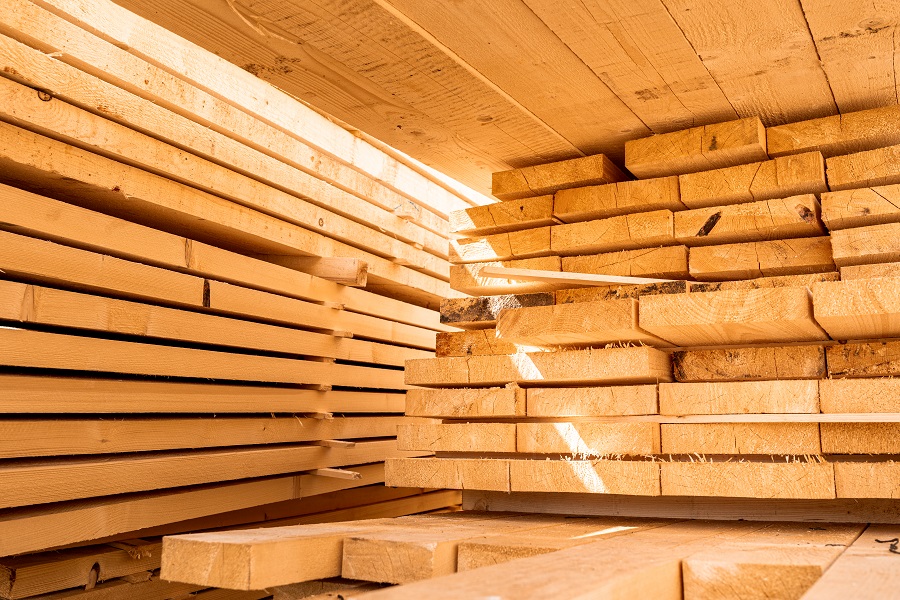
What's it got to do with how to cut
A very big one. When wood varies dimensionally, it does so differently in three directions - radial, axial and tangential - which can lead to warping. The largest variation is in the tangential direction, the smallest in the axial direction along the grain. The deformation is smallest when the cutting is done as close to the central axis as possible. The elements cut along the fiber, parallel to the central axis and as close to the axis as possible, are the most immune to deformation. Random cutting leads to a decrease in strength, bending and warping, and even cracking.
What structural defects to look out for
Growth defects, structural defects, knots can decrease the strength of wood. For example, curvature, a growth defect, decreases the compressive strength of the wood, which is very important if the element made from that wood is to be used in construction. Also irregular rings, a structural defect, make the properties of wood unpredictable. If we are making a decorative object, it is not very important. But if we are talking about elements used in construction, the unpredictability of wood can have serious consequences.
There are defects that enhance some properties and detract from others. For example, the compression wood that occurs in softwoods is tougher, but its dimensional variation is much greater than in ordinary softwoods. This causes the wood to crack and warp more sharply on drying.
We don't have to shy away from all the flaws, some even add a touch of charm to the wood. Simple, fixed knots are not a hazard, and they look rustic and natural. Corrugated fiber is another example of a defect that adds a touch of beauty to wood.
If wood is our passion and we're venturing into all sorts of DIY projects, it's good to know what's important when sourcing it. A little knowledge of structure and behavior and a good moisture meter can make the difference between quality wood and one that will only cause us problems.
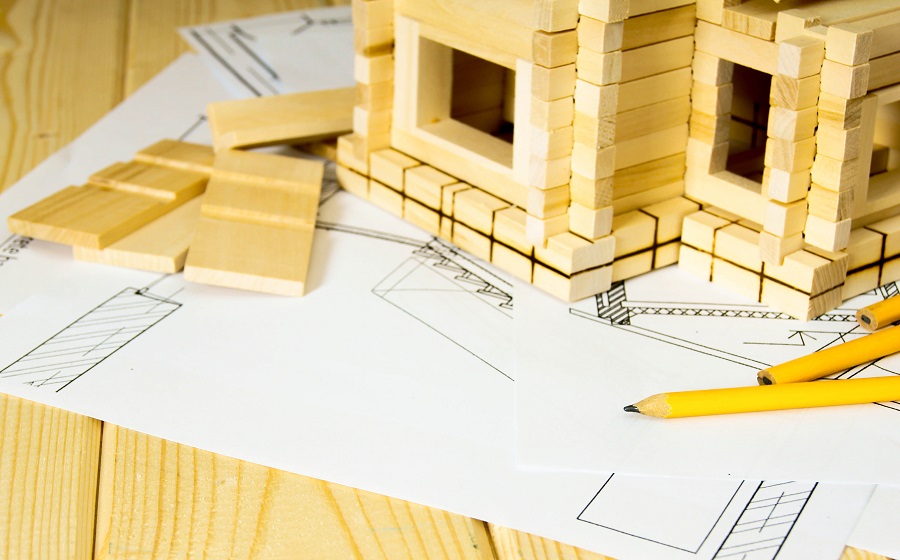
I hope you find the information useful. As always, additions are welcome. And if you have any questions or queries, please leave them below in the dedicated space. I will be sure to reply.

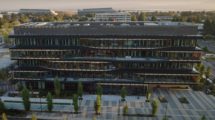



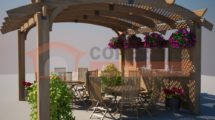
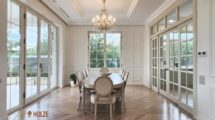
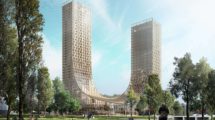



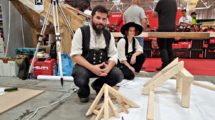
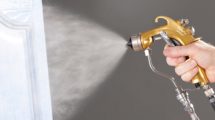


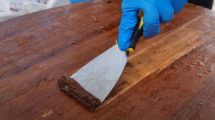

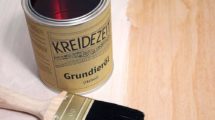

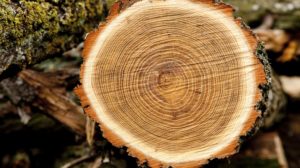
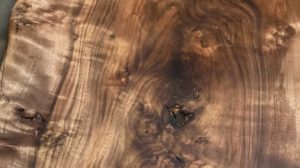
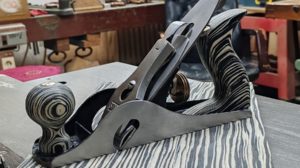

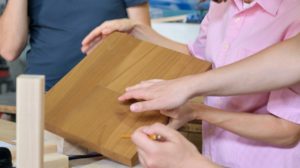


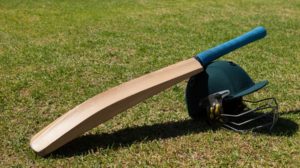



Add comment